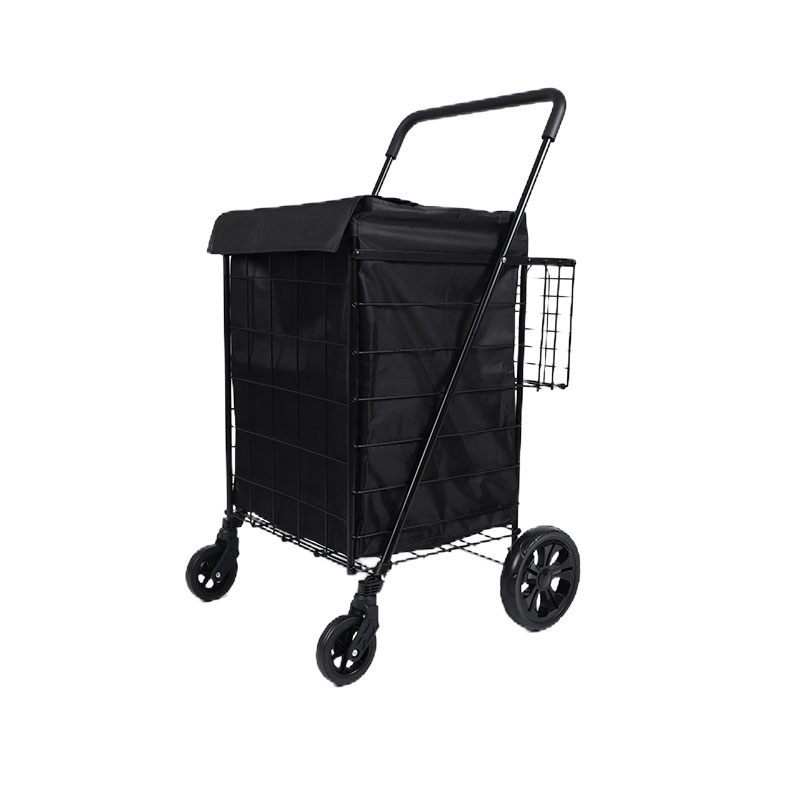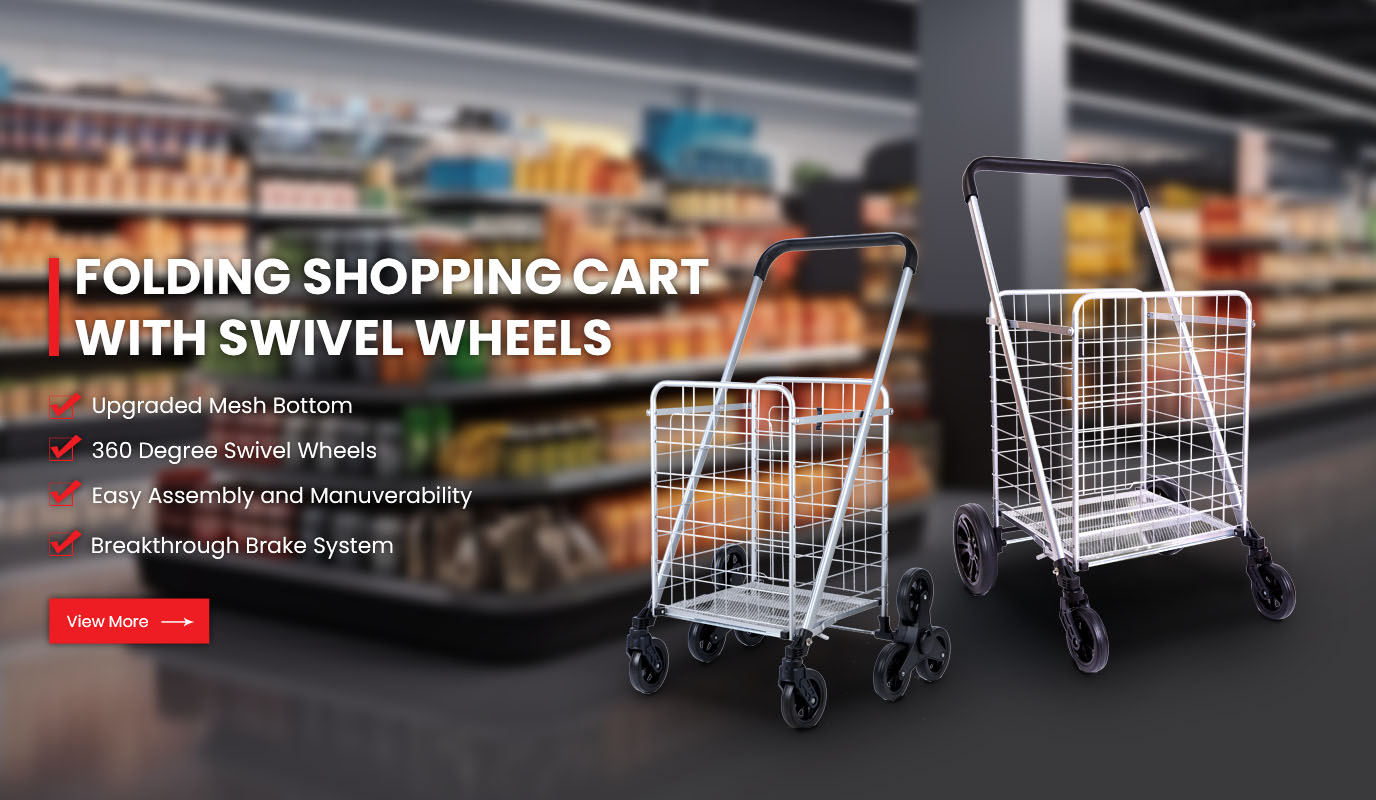How Can Foldable Shopping Carts Optimize The Efficiency Of "Last Mile" Delivery?
Southeast Asia is undergoing an e-commerce revolution. According to a report jointly released by Google, Temasek and Bain, the size of Southeast Asia's e-commerce market has reached US$131 billion in 2023 and is expected to exceed US$230 billion in 2025. However, with the surge in order volume, problems such as low efficiency and high cost of "last mile" delivery have become increasingly prominent. In this context, foldable Shopping Carts, especially the best heavy duty shopping cart designed for high-intensity scenarios, have become a key tool to solve the logistics dilemma.
①. Southeast Asia's e-commerce market: opportunities and logistics challenges coexist
Urban congestion: Bangkok, Jakarta and other large cities have the lowest traffic congestion index in the world, and the average speed of delivery vehicles is less than 15 kilometers per hour.
Dispersed infrastructure: There are many islands and poor rural road conditions. 30% of orders need to be delivered by motorcycle or manpower.
Cost pressure: Logistics costs account for 35% of the total cost of Southeast Asian e-commerce, far higher than the global average of 20%.
②. The core advantage of the Foldable Shopping Cart: breaking through with heavy-duty and durable design
High load-bearing capacity: with thickened steel pipe frame and explosion-proof tires, the single load can reach 80 kg, which is twice that of ordinary shopping carts.
Quick folding: folded into a flat plate within 3 seconds, saving 80% of storage space, suitable for motorcycle racks or small trucks.
All-terrain adaptability: equipped with 360° universal wheels and anti-skid tires, it can easily cope with muddy dirt roads, steps and crowded markets.

③. Scenario design: opening up the core scenario of the "last mile"
1. Urban dense areas: narrow alleys and high-rise residential buildings
In the old city of Bangkok, the width of the alley is less than 2 meters, and cars cannot pass. The narrow body design of the foldable shopping cart allows delivery staff to shuttle flexibly, and after folding, it can be directly put into the elevator to solve the problem of "difficulty in going upstairs" in high-rise residential buildings. In addition, the waterproof canvas cover of the body can withstand sudden tropical rainstorms to prevent the goods from getting wet.
2. Rural areas and islands: complex terrain and long-distance delivery
In the Philippine archipelago, some villages need to be connected by ferry. In traditional delivery, goods are easily damaged during multiple handling. The "integrated cargo basket" design of the foldable shopping cart can fix the goods, and after folding, it can be used as a temporary pallet, and can be quickly loaded and unloaded with a forklift, reducing the handling time by 30%.
3. Peak hours: peak of festival and promotion orders
Southeast Asian consumers are keen on shopping festivals such as "Ramadan Promotion" and "Double 12", and the daily order volume can reach 3 times the usual. The modular design of the foldable shopping cart allows logistics companies to quickly expand their capacity-10 folding carts only take up the space of an ordinary truck, and no additional personnel are required.
④. Data-driven efficiency revolution
Cost reduction: The cost of a single delivery has dropped from US$1.2 to US$0.8, mainly due to reduced vehicle maintenance costs and increased loading rates.
Time optimization: The average delivery time has been shortened from 48 hours to 24 hours, and the customer complaint rate has dropped by 40%.
Sustainability: A foldable shopping cart has a service life of 5 years and reduces plastic waste by 60% compared to traditional tools.
⑤. Future Trends: Intelligence and Sharing
Intelligent Upgrade: Integrated GPS tracking and electronic locks to monitor the location of goods in real time; weighing sensors automatically calculate freight costs to reduce manual errors.
Sharing Economy: Establish a "shopping cart sharing station" where delivery staff rent vehicles through the APP and pay by the hour, reducing asset investment for small and medium-sized enterprises.
Material Innovation: Use recycled marine plastics to manufacture the body to further reduce carbon footprint and meet the environmental protection requirements of the EU export market.



